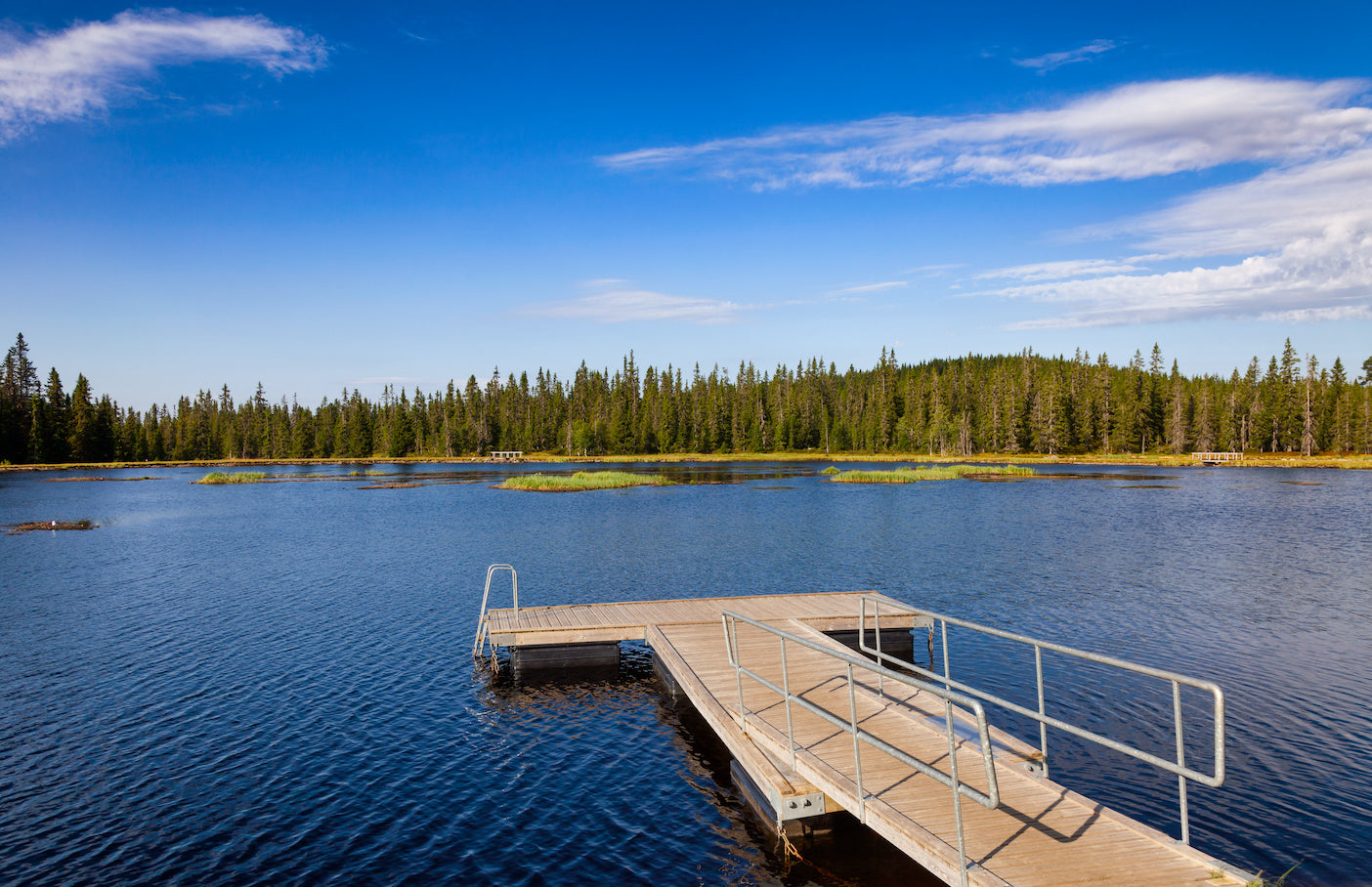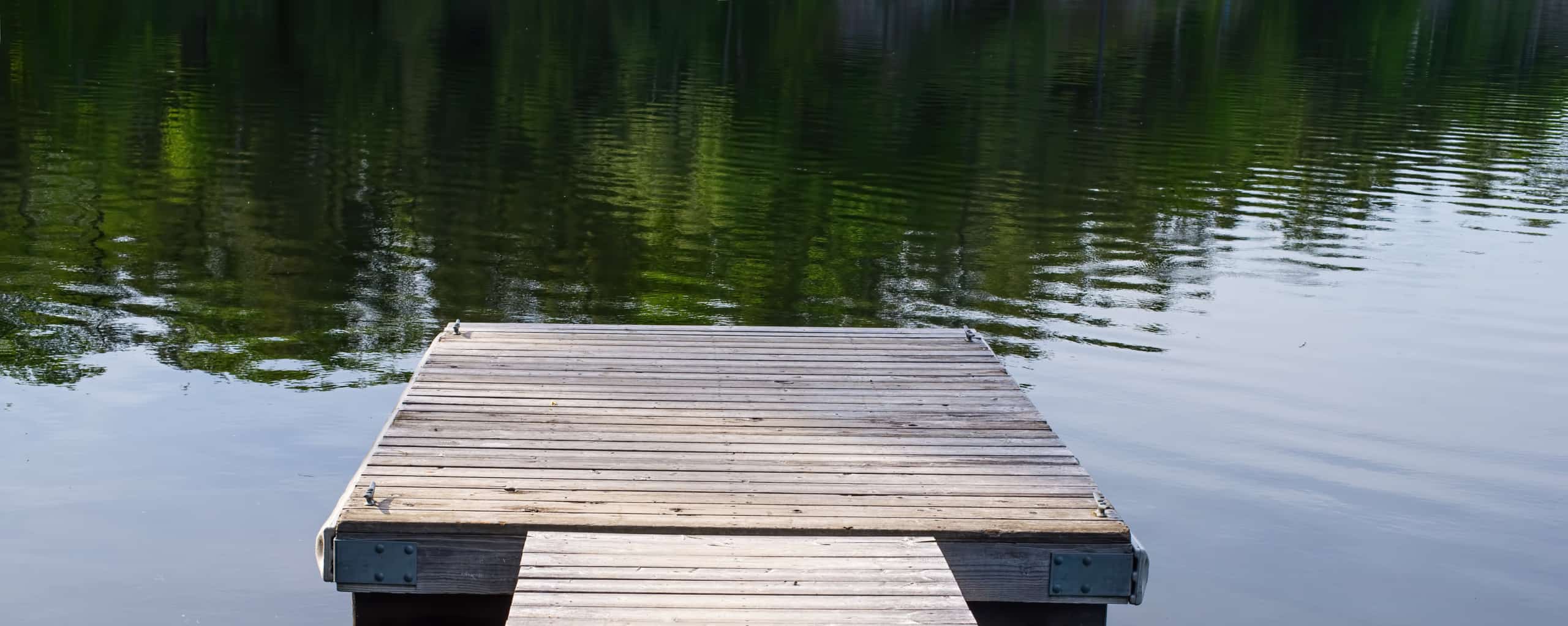Crafting Custom Solutions: Why a Floating Dock Builder is Vital for Distinct Requirements
Upgrade Your Waterside With Durable Floating Docks
Upgrading your waterfront with long lasting floating docks can substantially enhance both functionality and looks, providing a versatile option for numerous water tasks. With an array of materials readily available, including low-maintenance options and conventional timber, picking the appropriate dock can enhance your personal style and meet useful requirements.
Advantages of Floating Docks
Floating docks deal a wide variety of advantages that boost their charm for various maritime applications. Unlike typical set docks, floating docks increase and fall with the trend, guaranteeing consistent availability for boats and boat regardless of ecological conditions.
Furthermore, floating docks are easier to mount and relocate, giving versatility for temporary or seasonal use. Their modular design enables customization to fit details needs, whether for exclusive marinas, domestic waterfronts, or industrial applications.
Furthermore, floating docks develop very little disruption to the marine environment, protecting neighborhood communities and minimizing the likelihood of erosion. They likewise offer boosted safety and stability for individuals, as their resilient nature uses an extra forgiving surface than rigid frameworks.
Moreover, floating docks can facilitate a varied range of activities, such as angling, swimming, and leisure boating, making them an important asset for waterfront growth. Their flexibility and functionality make floating docks a favored selection for a variety of maritime projects.
Choosing the Right Materials
Selecting appropriate materials for floating docks is crucial to their long life, efficiency, and total performance. When picking products, take into consideration variables such as ecological direct exposure, upkeep demands, and structural stability. Common materials consist of timber, plastic, light weight aluminum, and composite choices, each offering unique advantages and downsides.
Wood, while cosmetically pleasing, needs normal maintenance to prevent rot and degeneration. Pressure-treated timber can boost longevity, however it may still catch water damages with time. Plastic drifts, commonly made from high-density polyethylene, are resistant to corrosion and call for marginal upkeep, making them an attractive choice for low-maintenance applications.
Light weight aluminum is one more practical option, recognized for its stamina and lightweight residential or commercial properties. It is resistant to corrosion and can stand up to severe weather problems, although it may be extra costly than other products. Composite products integrate the most effective features of wood and plastic, supplying a durable and low-maintenance option that mimics the look of timber without the connected drawbacks.
Inevitably, the selection of material need to align with the planned use, ecological considerations, and budget constraints, making certain a resilient and useful floating dock that satisfies your details needs.
Setup Process Introduction
The effective installation of a drifting dock depends on careful preparation and implementation, guaranteeing that it runs properly in its intended atmosphere. The very first step entails assessing site conditions, consisting of water deepness, shoreline features, and prevailing weather condition patterns, which will certainly inform the dock design and anchoring system.
Complying with the website analysis, the following phase is to prepare the floating dock components. This includes putting together the framework, safeguarding drifts, and affixing any required hardware. It is vital to make certain that all connections are robust and water-resistant to stand up to aquatic problems.
As soon as the dock is constructed, the installment procedure starts with placing the dock in the water. This can entail a crane or other training tools, specifically for bigger frameworks. Correct placement is crucial for capability and safety and security.

Upkeep Tips for Longevity
Normal maintenance is crucial for making sure the longevity and optimum performance of a drifting dock. To achieve this, start with regular evaluations a minimum of twice a year, concentrating on the integrity of the dock's framework, consisting of the flotation gadgets and attaching hardware. Look for indicators of corrosion, wear, or damages, and address any issues without delay to avoid further wear and tear.
Cleaning is another important element of upkeep. Get rid of particles, algae, and barnacles from the dock's surface to stop slippery problems and preserve visual allure. Utilize a light detergent and a soft brush to prevent harming the dock's products.
In addition, guarantee that the dock is appropriately secured and secured to stand up to seasonal modifications in water degrees and weather. Check the anchoring system for stability and make adjustments as required.
Enhancing Your Outdoor Aesthetic
To create a visually attractive outside room, including a drifting dock can considerably boost the total aesthetic of your waterfront residential property. Floating docks are not only practical but can also work as a striking prime focus that complements the natural environments - floating dock services. Offered in different materials and designs, these docks can be tailored to match your residential or commercial property's building style and landscape
The enhancement of attractive components, such as integrated lighting or stylish barriers, additionally raises the dock's visual allure. Take into consideration utilizing natural timber surfaces, which blend flawlessly with the atmosphere, or choosing modern materials like aluminum or composite outdoor decking that provide a sleek, modern look.
Purposefully putting planters or seating areas on or around the dock can develop inviting rooms that motivate relaxation and enjoyment of beachfront views. Additionally, integrating colors and structures that harmonize with your landscape will certainly create a natural aesthetic throughout your exterior area.

Conclusion

Upgrading your beachfront with resilient floating docks can considerably boost both functionality and aesthetics, supplying a functional remedy for different water tasks. Unlike traditional fixed docks, floating docks surge and loss with the trend, useful source ensuring consistent click site availability for watercrafts and boat regardless of environmental conditions.Selecting proper products for floating docks is vital to their longevity, performance, and general performance.As soon as the dock is assembled, the installation process begins with positioning the dock in the water.In recap, floating docks deal numerous advantages, including versatility to water level modifications and a range of product alternatives.